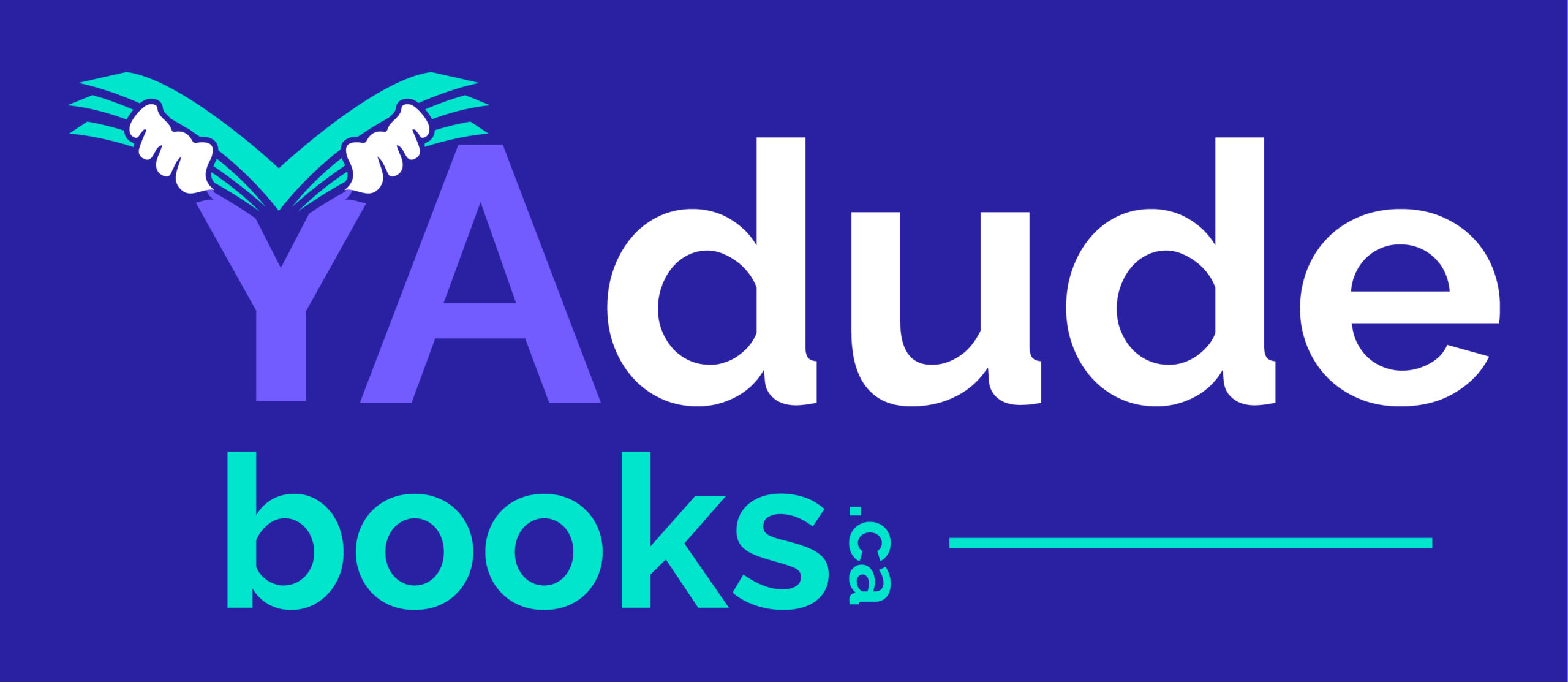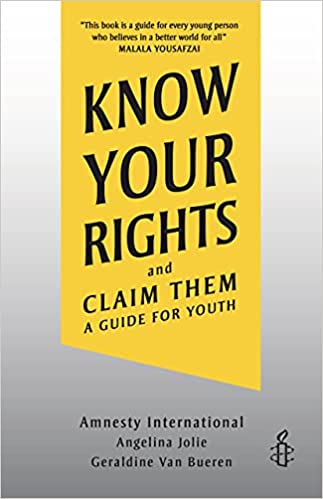Know Your Rights
Genre:

Author: Angelina Jolie and Geraldine Van Bueren
Publisher: Lerner Books
Know Your Rights details the rights promised in the United Nations Convention on the Rights of the Child, starting with the history of child rights, and providing a clear description of the types of child rights, the young activists from around the world who fought to defend them, and how readers can stand up for their own rights.
“This is the perfect book for young people who care about the world and want to make a difference.” ―Greta Thunberg
This book is seriously ambitious, complex and far-reaching. It covers everything from the history of child rights to definitions, statistics and legal explanations of every manner of child discrimination. Chapter titles include “Steps to take if you are being physically or sexually abused” and “Become an activist.” Topics include torture, child soldiers, police beatings, indigenous and gay rights, the right to education and play, disability discrimination and so on.
The good news is that this 280-page book, directed at youth, includes 60 pages of stories to which young people can relate: appealing profiles of survivors, activists and inspiring groups, including such celebrities as Malala Yousafzai and Anne Frank. These allow the reader to “breathe” between (here’s the bad news) blocks of text that sometimes read like a lawyers’ manual.
The breadth of information is astounding, a stellar effort. There’s no issue not covered, from conversion therapy to disability discrimination, apartheid to female genital mutilation. That makes it an intimidating read, but when seen as a sort of encyclopedia you dip into for a particular issue or two, it’s invaluable.
The layout helps it from feeling like all the information weighs a ton. Sidebars, breakout definitions, profiles and other boxes of text were all a great idea. But still, the writing is frequently stiff, and with words and phrases like “neurodiverse,” “optional protocols” and “jus cogens,” can the authors truly expect a child in a troubling situation to read, recognize and suddenly grow wings to escape it? It’s more useful, perhaps, for converting the curious into activists. Or again, to use as an encyclopedia for a particular page rather than a read-through.
In other words, here’s a valuable tome, but one that could have tried harder to be accessible to children themselves. Hopefully it offers the wealth of material necessary for other writers to break it down and serve it up in a more palatable manner.
-P.W.
no-repeat;left top;; auto
